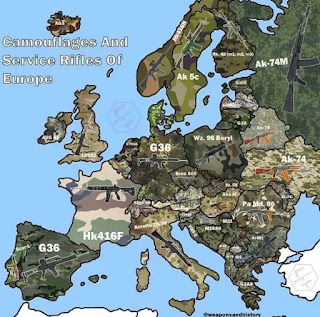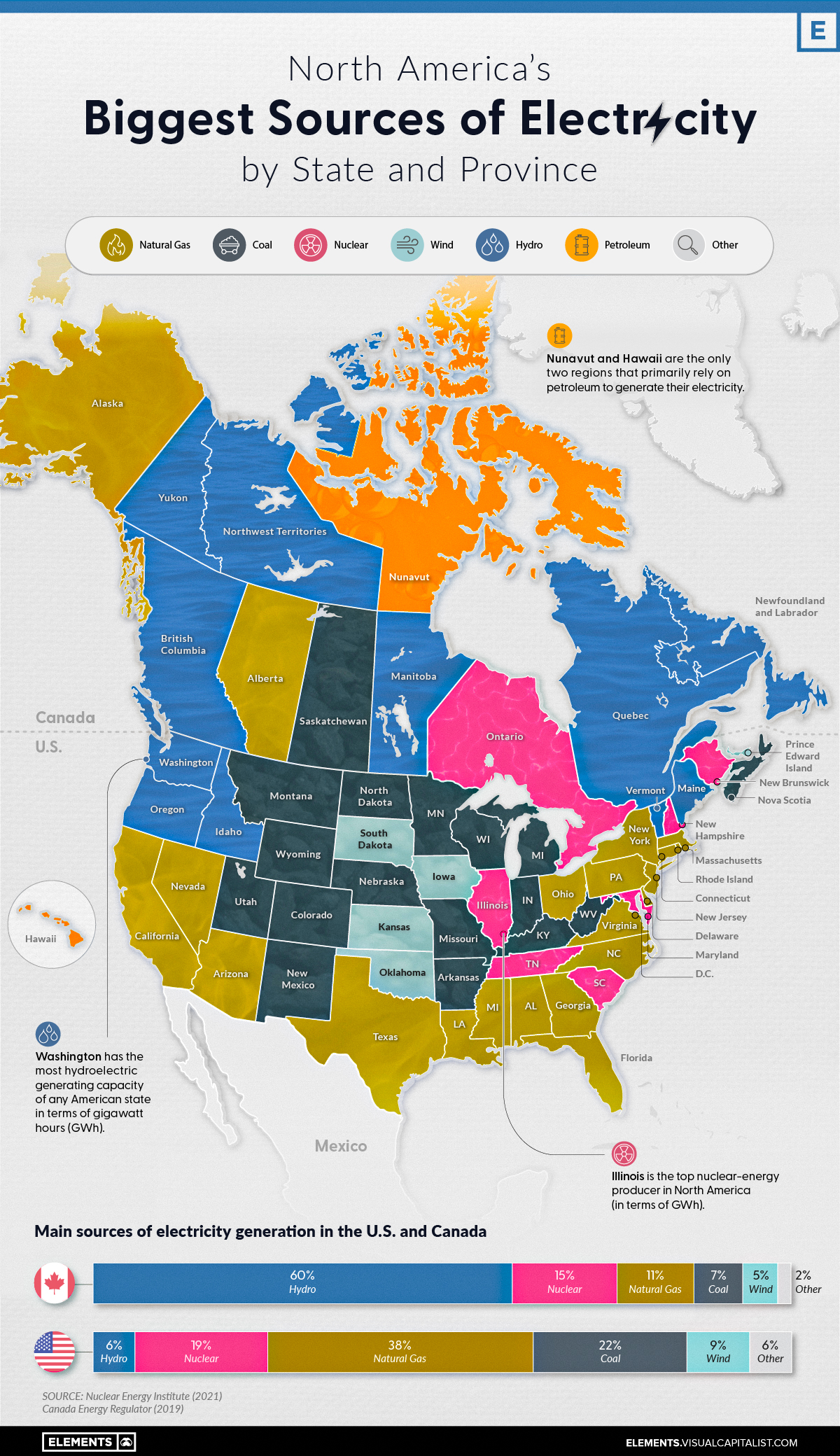This is a map from 2019 (the most recent I could find) of the wealth of an average adult in every country, represented by colors. The black represents the highest wealth at 100K and above, while the dark pink shows that the average adult in that country owns less than 500 US dollars. I found this map very interesting but also very sad. The average adult has between 1 and 5K total which is not enough to really sustain someone if they have a serious medical issue or something that they need to buy. Especially for people who have children, this is a low amount of money to be working with.
It's also devastating to see the effects of colonialism, imperialism, and slavery still playing out in different areas and especially Africa. In many ways, Europeans stripped places such as Africa of their natural resources and left them struggling economically, not to mention the effect of the trans atlantic slave trade on this continent. These economic implications I believe are still being seen today.
I think this map also shows the effects of war in the Middle East, as Afghanistan is another country with the lowest wealth on the map. I wonder if there was a more recent map if Russia and Ukraine would be different due to the war there, and I wonder the same about Israel and Palestine.
I also find it interesting that Canada has more wealth on average than the US, which I was not expecting. I wonder why that is! Maybe Canada doesn't have as many places where people are living in poverty as the US does. I see also that Japan, Ireland, France, and some other countries are in the highest wealth bracket.
We hear all the time about how privileged we are to be living in the US, but we really are. We have so much more than we think we do. I hope that one day this map can be changed, and people's average wealth around the world will rise.



















